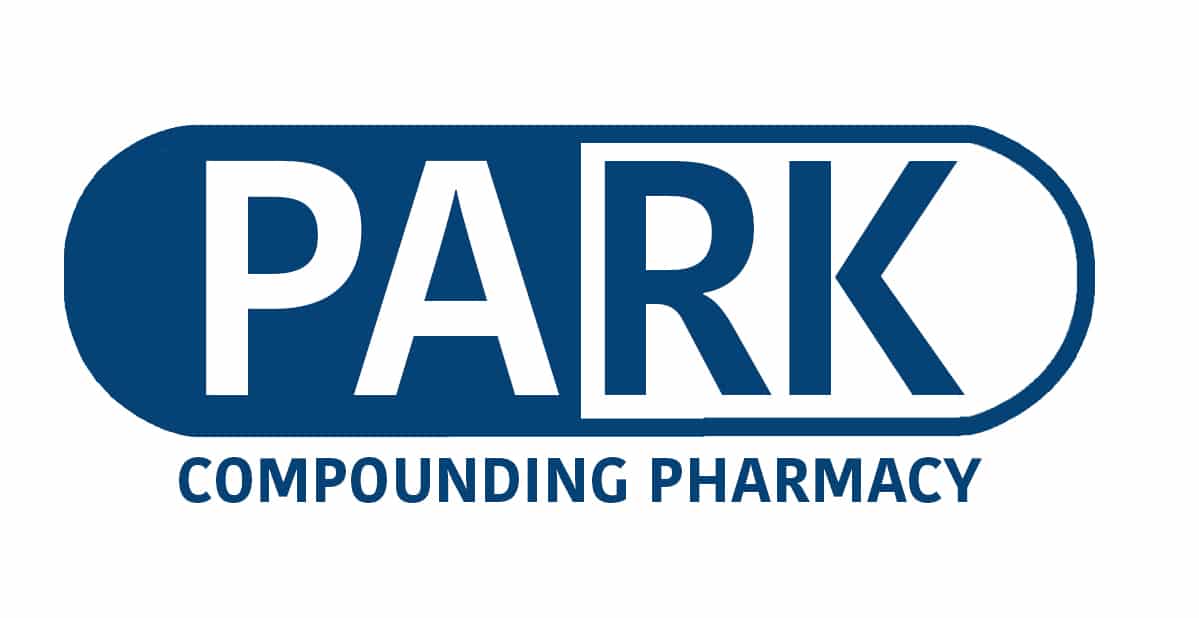Tretinoin is a vitamin-A derivative that has been available for many years. It is known for being able to treat a variety of skin conditions effectively and safely. Most frequently it is prescribed for acne but it may also be used to treat melasma, hyperpigmentation, sun spots, fine lines/wrinkles, and more. One of the more difficult-to-treat skin complaints – stretch marks – may also be helped with topically applied tretinoin cream. Truthfully, the majority of treatments advertised for treating stretch marks do not work. Tretinoin, however, has been shown in clinical studies to provide some improvement – especially when used regularly on newly developing stretch marks.
Stretch Marks
Women most often will develop stretch marks in their life if they are genetically pre-disposed to get them. Stretch marks are difficult to treat because they are not just hyperpigmented skin but actual scarring beneath the top layer of skin (in the dermis), sometimes in combination with a thinning of the skin. This happens when the skin is stretched beyond its normal elasticity, which frequently happens when giving birth. The combination of stretching, weight gain, and hormonal fluctuations makes childbirth the most common cause of stretch marks. Rapid weight gain, bodybuilding, hormone replacement therapy, and the use of systemic corticosteroids can also contribute to the formation of stretch marks.
Stretch marks are first noticeable as red or blue lesions on the skin. Most often they are found around the abdomen, breasts, arms, back, thighs, hips, and buttocks but they could show up anywhere that the skin stretches. Over time, the red color will fade and they may change to a white or brown tone or just lose their pigmentation. Some of the marks may go away, but others will stay the same way a scar does on the surface of the skin. Stretch marks are not anything to be worried about medically. However they are a cosmetic concern for many women that can result in corresponding effects on self-esteem and well-being.
Tretinoin Safety
One important thing to note about tretinoin before discussing its use for treating stretch marks is that it should not be used during pregnancy. While pregnancy is a frequent cause of stretch marks, tretinoin can potentially harm the fetus. The drug may also be transferred through breast milk, although there are no studies confirming this. While tretinoin is one of the only proven drug ingredients for treating stretch marks, it is a potent medication that requires some precaution. Usually dermatologists will confirm a pregnancy test with a patient before starting a treatment course of tretinoin.
Most women who use tretinoin, however, will not experience any severe side effects. Mild adverse reactions include redness, irritation, inflammation, and itching. Many patients will experience at least some irritation as the medication works and the skin adjusts. Tretinoin is an exfoliator and as such will result in redness initially that should fade with continued use. Broad-spectrum sunscreen with SPF 30+ should always be used and sun exposure on the treatment area avoided as much as possible.
Tretinoin for Stretch Marks
Tretinoin, also called retinoic acid, is a vitamin A derivative. Its mechanism of action in treating acne is not known, however it is associated with its ability to increase epithelial cell turnover. Tretinoin’s ability to increase skin cell turnover may be why it is effective at treating stretch marks as well. As dead skin cells are cleared away faster, new skin cells are formed along with new collagen to reduce the appearance of stretch marks.
In a study published in the Journal of the American Medical Association, excellent results were achieved with 0.1% tretinoin cream:
After 2 months, patients treated with tretinoin had significant improvement in severity scores of stretch marks compared with patients who received vehicle (P<.05). After 6 months, eight (80%) of the 10 tretinoin treated patients had definite or marked improvement compared with one (8%) of the 12 vehicle-treated patients (P=.002).
While many women want to get results as soon as possible, this treatment can take months to show results. Some women will take breaks in between treatment courses to let their skin heal. A treatment course of 6 months may be followed by a few months without treatment and then another course. The treatment will work best when it is started on more recently formed stretch marks. When they have been left to heal and the collagen structure is more formed, they are more difficult to treat.
Compounding Tretinoin
Retin-A is a commercially available medication made in concentrations of 0.01%, 0.025%, 0.05%, and 0.1%. It has been available for a long time and can be found in generic formulations. A compounding pharmacy can create customized tretinoin creams in combinations that are not commercially available. For example, our pharmacy makes tretinoin combined with niacinamide (vitamin B3). Topical niacinamide can help improve epidermal barrier function and may help with pigmentation of the skin. It is found in numerous over-the-counter skincare products. Our pharmacy makes a cream with tretinoin 0.025%, 0.05%, or 0.1% combined with niacinamide 4% that may be prescribed for treating stretch marks.
Treatment for stretch marks may involve both medicated creams as well as in-office procedures performed by a dermatologist. These include laser procedures and microdermabrasion – both of which have been shown to improve stretch marks.
Articles
Topical Tretinoin (Retinoic Acid) Improves Early Stretch Marks – JAMA Dermatology
Stretch marks during pregnancy: a review of topical prevention. – British Journal of Dermatology
Nicotinic acid/niacinamide and the skin. – Journal of Cosmetic Dermatology

3 Responses
Do I need a prescription to get a compounding tretinoin?
We require prescriptions for all formulations.